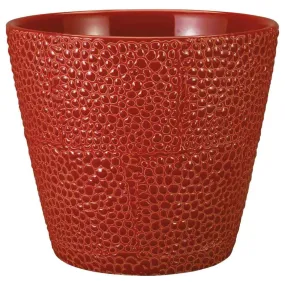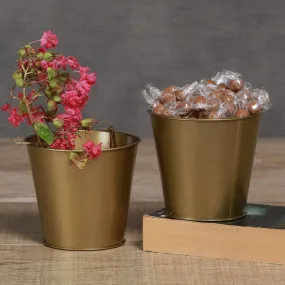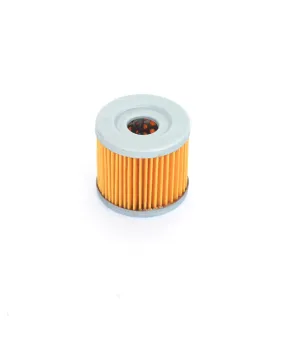Description: Chamaedorea Cataractarum, commonly known as the Cat Palm or Cascade Palm, is a tropical plant cherished for its graceful, arching fronds that create a lush, full appearance. Native to the forests of Mexico and Central America, this palm is unique in that it grows as a dense cluster with no central trunk, producing foliage directly from the base.
Standing at 150–170 cm in height and housed in a 34 cm pot, this XXL Cat Palm makes a perfect choice for filling large indoor spaces with a soft, tropical aesthetic. Its dense, feathery leaves make it ideal as a natural room divider or a statement plant.
Care Guide
1. Light Requirements
- Preferred: Bright, indirect sunlight to maintain healthy, green foliage.
- Tolerates: Moderate to low light, though growth may slow and leaves may become less vibrant.
- Avoid: Direct sunlight, which can scorch the fronds, and prolonged low light, which may lead to sparse growth.
2. Watering
- Frequency: Keep the soil consistently moist but not soggy.
- Method: Water when the top 2–5 cm (1–2 inches) of soil feels dry. Water thoroughly until excess water drains out of the bottom, then discard standing water.
- Caution: Do not allow the soil to dry out completely, as the plant is sensitive to drought. Overwatering can also lead to root rot.
3. Humidity
- Thrives in moderate to high humidity (50–70%).
- If the air is dry, especially in winter, increase humidity by misting the fronds, placing a humidifier nearby, or using a pebble tray with water.
4. Temperature
- Ideal range: 18–27°C (65–80°F).
- Protect from temperatures below 10°C (50°F), cold drafts, or sudden changes in temperature, as the plant is not frost-tolerant.
5. Soil
- Requires a well-draining, rich potting mix.
- Use a standard houseplant soil mix with added perlite or sand for improved drainage and aeration.
6. Fertilising
- Feed with a balanced liquid fertiliser every 4–6 weeks during the growing season (spring and summer).
- Avoid over-fertilising, as it can cause salt build-up in the soil and damage the roots. Reduce feeding in autumn and stop during winter when growth slows.
7. Pruning
- Remove yellowing or brown fronds at the base to keep the plant tidy and encourage new growth.
- Regular pruning helps maintain the plant’s full and lush appearance.
8. Repotting
- Repot every 2–3 years or when the plant becomes root-bound. Use a slightly larger pot with fresh, well-draining soil.
- For large specimens, top-dress by replacing the top layer of soil annually to refresh nutrients.
9. Propagation
- Chamaedorea Cataractarum is typically propagated through division. When repotting, separate healthy offshoots with roots and plant them in individual pots.
10. Common Problems
- Brown Leaf Tips: Often caused by low humidity, underwatering, or salt build-up from over-fertilising. Increase humidity and flush the soil periodically.
- Yellowing Fronds: Usually indicates overwatering or poor drainage. Adjust watering habits and ensure the pot has proper drainage.
- Sparse Growth: Insufficient light can lead to leggy or sparse foliage. Move the plant to a brighter location.
11. Pests
- Occasionally affected by spider mites, mealybugs, or scale.
- Inspect leaves regularly and treat infestations with neem oil or insecticidal soap.
Styling Tips
- Position the XXL Cat Palm in a prominent location, such as a bright corner, entryway, or beside a seating area, to showcase its lush, tropical appearance.
- Use the included 34 cm pot or place it in a decorative basket or planter for added style.
- Pair it with other tropical plants, such as Monstera or Peace Lilies, to create a jungle-inspired interior.
- Its dense foliage makes it an excellent choice for softening hard edges or as a natural privacy screen.
Benefits of Chamaedorea Cataractarum
- Air-Purifying: Filters toxins from the air, improving indoor air quality.
- Non-Toxic: Safe for homes with pets and children, as it is non-toxic to cats and dogs.
- Tropical Appeal: Adds a serene, lush feel to any space with its feathery, arching fronds.
This XXL Chamaedorea Cataractarum is the perfect addition for creating a calming, tropical vibe in your home or office. With its dense, graceful foliage and easy care requirements, it brings both beauty and function to any interior setting.















